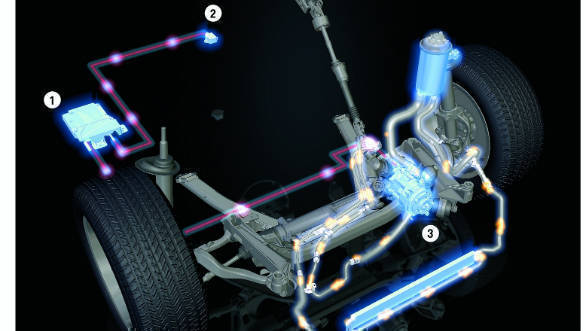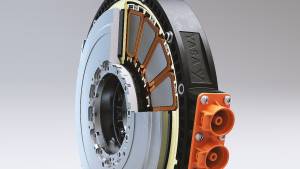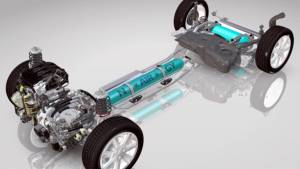Simple tech: Hydraulic actuators explained
Last time, we discussed actuators. A small device that's astonishingly common but gets no credit for the heavy lifting it does. But last month's electric actuators are good for small jobs, not heavy lifting. They can steer a car's wheels, execute acceleration, adjust a spoiler and so forth. When you don't need high power, electric actuators are usually the most efficient at it.
But the most powerful actuator in the world is the hydraulic actuator. You've seen them in action too. Like when a truck lifts it load bay to deposit a ton or two of sand at a construction site. Or when a stadium roof opens or closes. Or when a bridge opens into two parts to let a tall ship pass. Or when a huge control surface on a big commercial aircraft moves. And that jack in the workshop that, at the press of a button, lifts up a car so the mechanic can work on it.

In all cases, the mechanism is similar. There's a tank for the hydraulic oil, a high pressure pump, the oil itself, a cylinder with the piston, filters and some small bits. The pump pulls oil from the tank and delivers it at very high pressure to the cylinder pushing the hydraulic piston into doing the actual work. If you remember the basics of hydraulics, you will remember that we can make systems that generate considerable force by controlling the size of the cylinder and piston. If you don't, google Pascal's law.
In automobiles, the most famous system is electro-hydraulic steering. A hydraulic motor steers the wheels changing direction with the
flow of oil which you control with the steering wheel. That's old-school power steering. It was much loved for its fast responses and excellent feedback. The new electro-mechanical systems are very efficient and compact but they usually don't return enough feedback
to the driver.
Now suspension dampers also use hydraulics. Oil flows between split compartments with calculated restrictions to the flow between the compartments. The flow dampens the movements of the spring as it responds to the road's bumps and lumps. In telescopic forks on bikes, if we change the oil flow to an external control method, say via a pump, we can make the suspension softer or harder on the move. This is active suspension where we are working the damper as an actuator. Ferrari, for example, uses a hydraulic fluid with magnetic properties to alter suspension characteristics. You've seen the old muscle cars hopping about in the music videos, yes? Those are all hydraulic actuators showing off.
Where else would you find hydraulic actuators? Gearchanges in automatics, whether torque convertors, twin-clutch gearboxes, robotised sequential shift 'boxes, automated manual transmissions... they all feature hydraulic actuators. Disc brakes are also hydraulic actuators for the most part.
Before we leave you this month, let's also touch upon pneumatic (or air-driven) actuators. The system is similar to a hydraulic system but you have to add a compressor so that air can be stored at high pressure. And you get a pneumatic cylinder and piston. Due to the nature of the beast, the pneumatic system occupies the most space and therefore smaller vehicles tend to not use them. But trains, trucks, buses all use them - and that's the hissing sounds your hear when a truck brakes. The hum you hear periodically in a local train, again, is the compressor filling the high-pressure air tank for the braking system. This air pushes the shoes against the braking surface when the driver presses the pedal.
In cars, pneumatic actuators are beginning to find application as suspension dampers - what you hear of air suspension. They are also used in power tools - like on the factory floor where your pride and joy is manufactured - and in industries with heavy equipment, like shipping.














